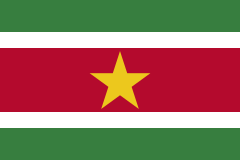
Visa and entry requirements Suriname:
Passport required
Since October 1, 2019, a tourist visa (tourist card) must be applied for online before traveling
Information from the Foreign Office about your Suriname trip:
https://www.auswaertiges-amt.de/de/aussenpolitik/laender/suriname-node/surinamesicherheit/220450
Suriname is a country in northern South America with around 580,000 inhabitants. It borders the Atlantic Ocean to the north, French Guiana to the east, Brazil to the south and Guyana to the west.
Suriname has been independent of the Netherlands since November 25, 1975 and is the smallest independent country in South America in terms of area.
Suriname has a tropical climate all year round. Behind a swampy coastal plain approximately 75 kilometers wide, the landscape rises in steps. It forms the Suriname plateau with the highest elevation in the country, Julianatop at 1,280 meters.
Around 82% of Suriname's land area consists of tropical rainforest, with over 1,000 different tree species. This jungle is also part of the largest contiguous tropical rainforest area in the world, the Amazon rainforest, most of which lies on Brazilian territory.
The Surinamese bushland is therefore a popular study site for biologists from all over the world. The animal inhabitants include the caiman, the sloth, the tapir, the armadillo, the howler monkey and the parrot.
In total, Suriname has eleven nature reserves, one nature park and four additional special environmental areas.
The official language of Suriname is Dutch and the national currency is the Suriname dollar, where 1 euro corresponds to around 8.30 SRD.
Around half of the population are Christians, there are also around 25% Hindus and 15% Muslims living in the country, and there is also a small Jewish religious community.
At the time of colonization, Suriname was the most important and profitable plantation colony in the Netherlands; sugar in particular was exported abundantly. The state now generates around 85% of all export income from its rich raw material deposits, such as gold, oil and bauxite. Today, Suriname is the eighth largest bauxite producer in the world, and wood, bananas, rice and fishery products are also exported.
The number of tourists has increased continuously in recent years. 300,000 visitors now come to Suriname every year, bringing the country additional income.
The country's largest cities include Paramaribo, Albina, Nieuw Nickerie and Lelydorp.
The capital of the Republic of Suriname is Paramaribo with around 270,000 inhabitants, which accounts for almost half of the entire country. Paramaribo is located on the left bank of the Suriname River, approximately 23 kilometers upstream from the Atlantic Ocean.
The diverse architecture of Paramaribo mixes predominantly Dutch, French and later also American influences. These are closely related to the historical development of the city. As a result, the city of Paramaribo developed its own style, which predominantly used wood as a raw material and less bricks. Due to the capital's multi-religious population, differently designed religious buildings, such as synagogues, churches, mosques or temples, are also reflected in the local architecture.
The main attractions of Paramaribo include the Church of the Moravian Brethren, the Presidential Palace, the Cathedral of St. Peter and Paul, the mosque and synagogue next to each other on Keizerstraat, the Hindu Temple, the Helstone Monument, the Independence Square with several statues, the parliament building and Fort Zeelandia.
In August 2015 I visited Suriname for the only time so far. At the end of my big Caribbean tour, I stopped in the capital for two days, coming from Cayenne in French Guiana.
Immediately after my arrival I was very positively surprised by the city. Paramaribo really has a lot of interesting buildings to offer and I couldn't help but be amazed at some of them. Of course, I never expected the city to be so beautiful.
With pleasantly warm temperatures, I was able to walk through the city center very comfortably in five hours and admire all the mostly wooden colonial buildings. The government district, with its small parks and extreme cleanliness, particularly stood out. On the walk through the streets or in the small cafes where I sat down to take a break, I met mostly nice people and was able to have a very pleasant conversation with some of them.
In the evening, my host invited me to a lively bar in the city center - I was staying there privately for one night via the Couchsurfing internet portal. After various drinks and a great atmosphere that evening, I could have stayed longer in the capital. Many of Paramaribo's bars and restaurants seemed very European to me, but I certainly didn't feel like I was in South America.
Suriname is still a relatively undiscovered travel destination for tourism. However, due to a very varied landscape and a capital that feels European and interesting, I am sure that the number of visitors will increase in the next few years. In any case, I would like to come back to Suriname for a longer period of time.

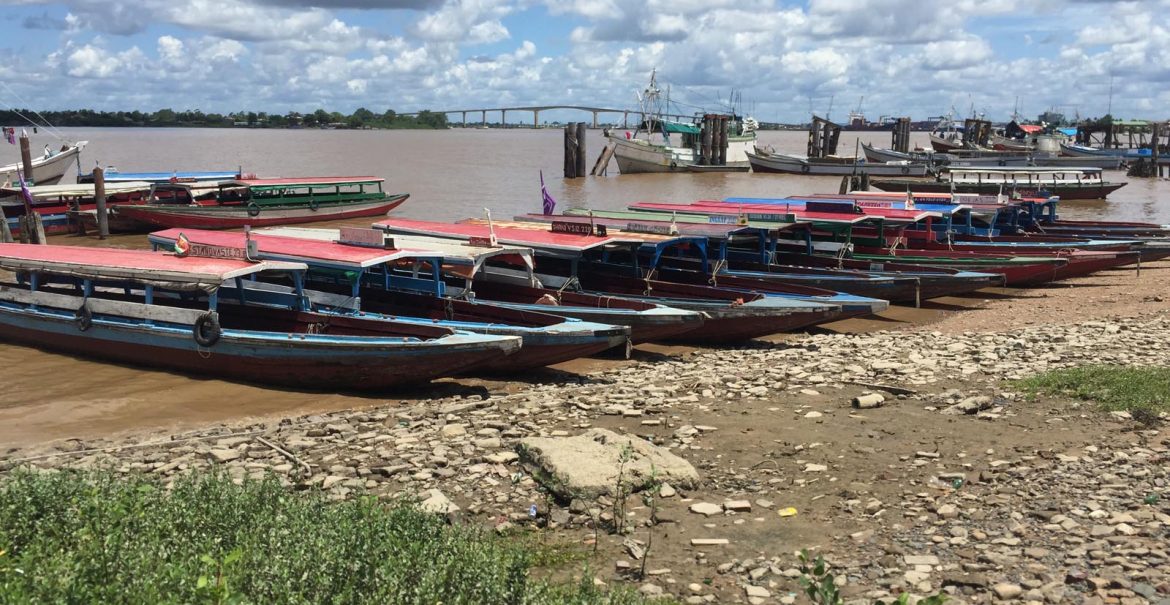


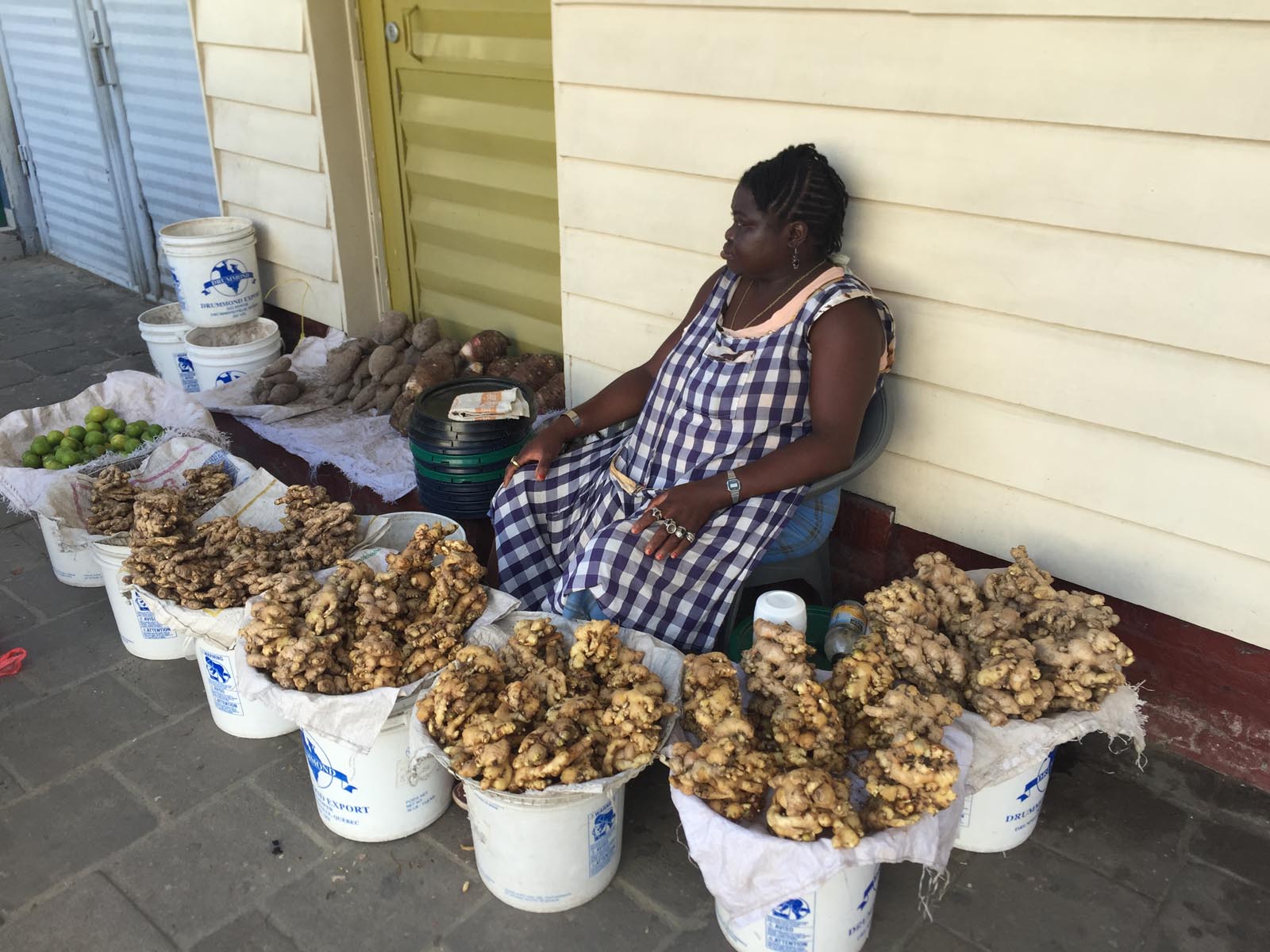

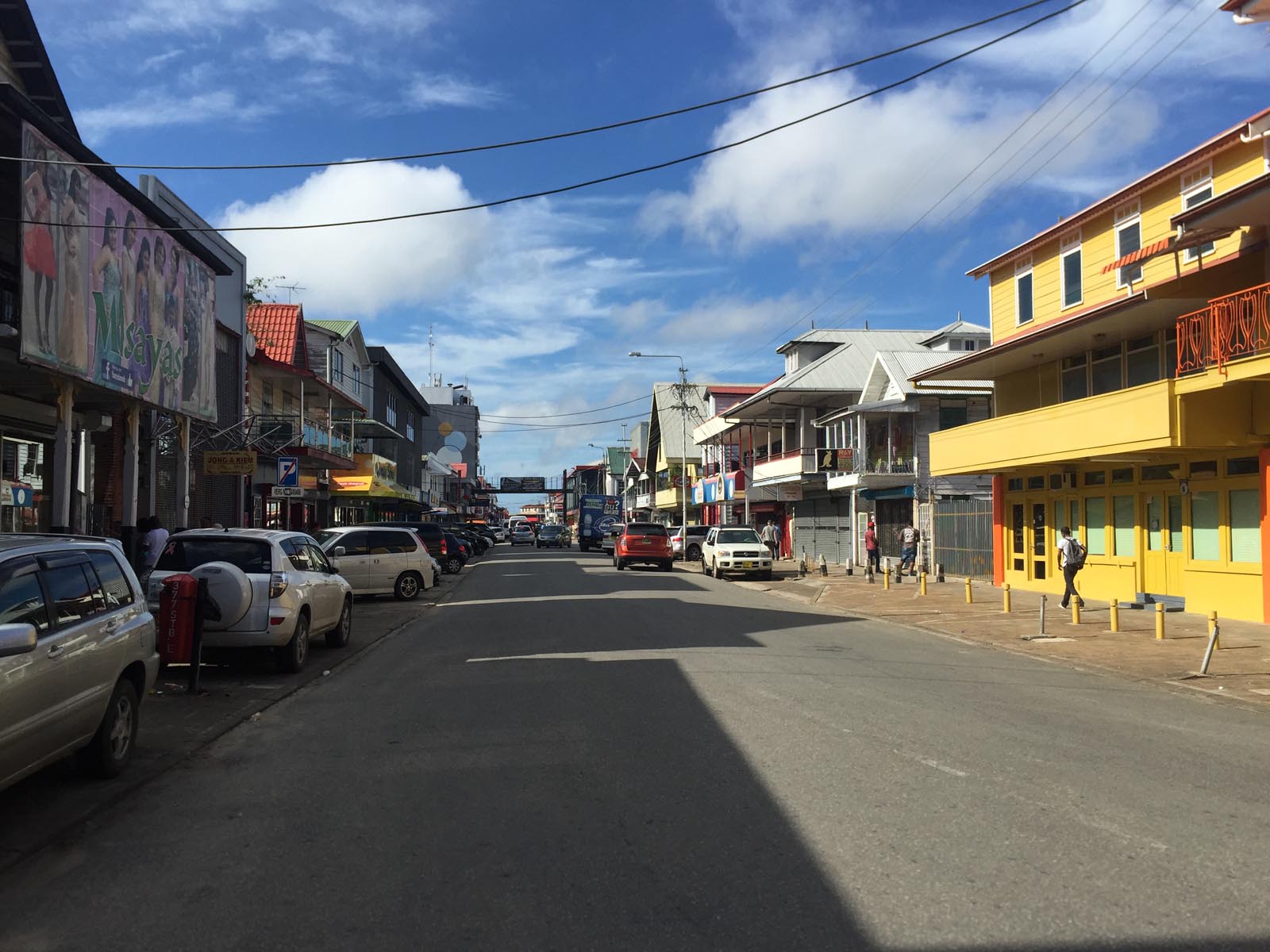



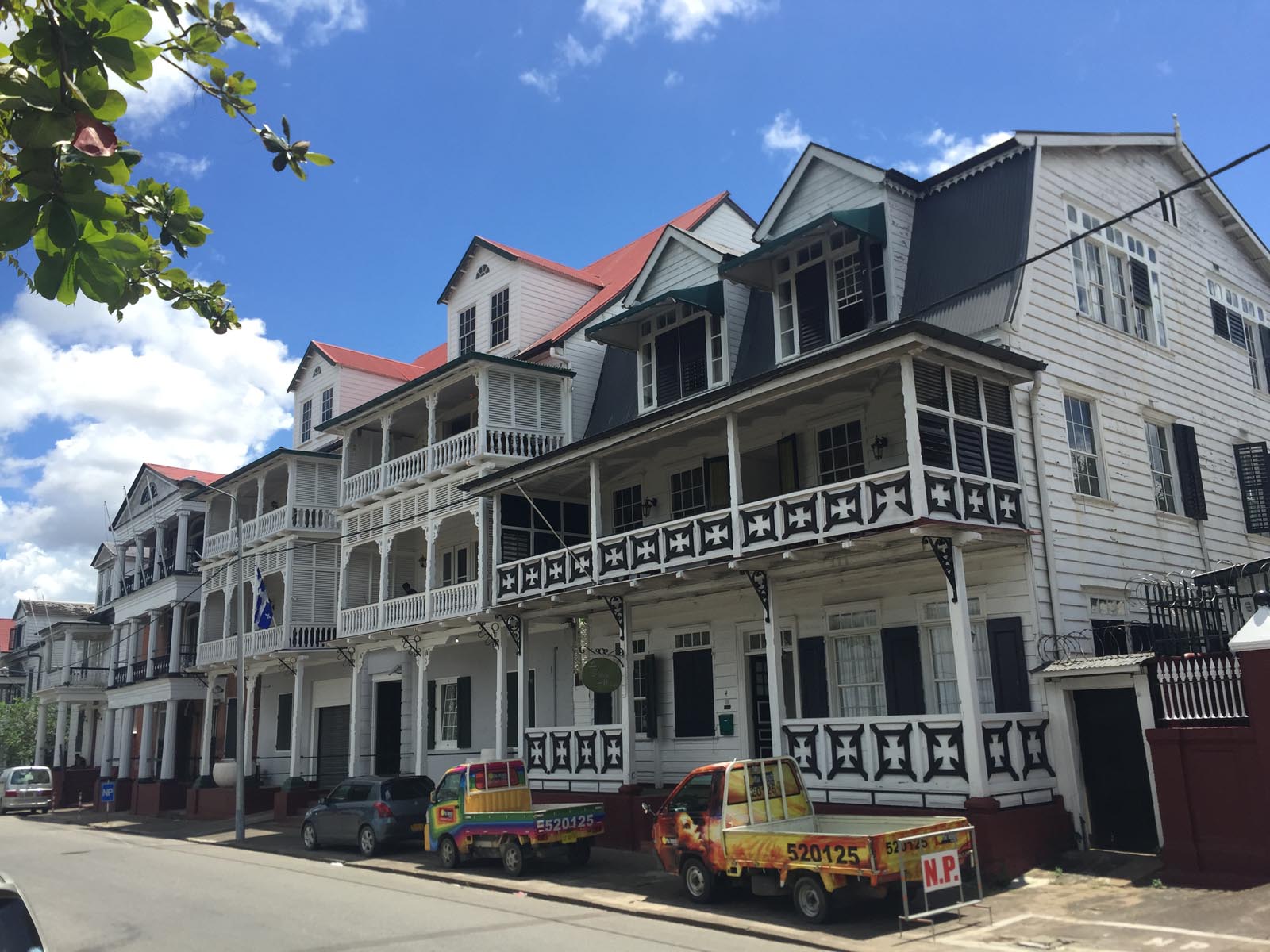
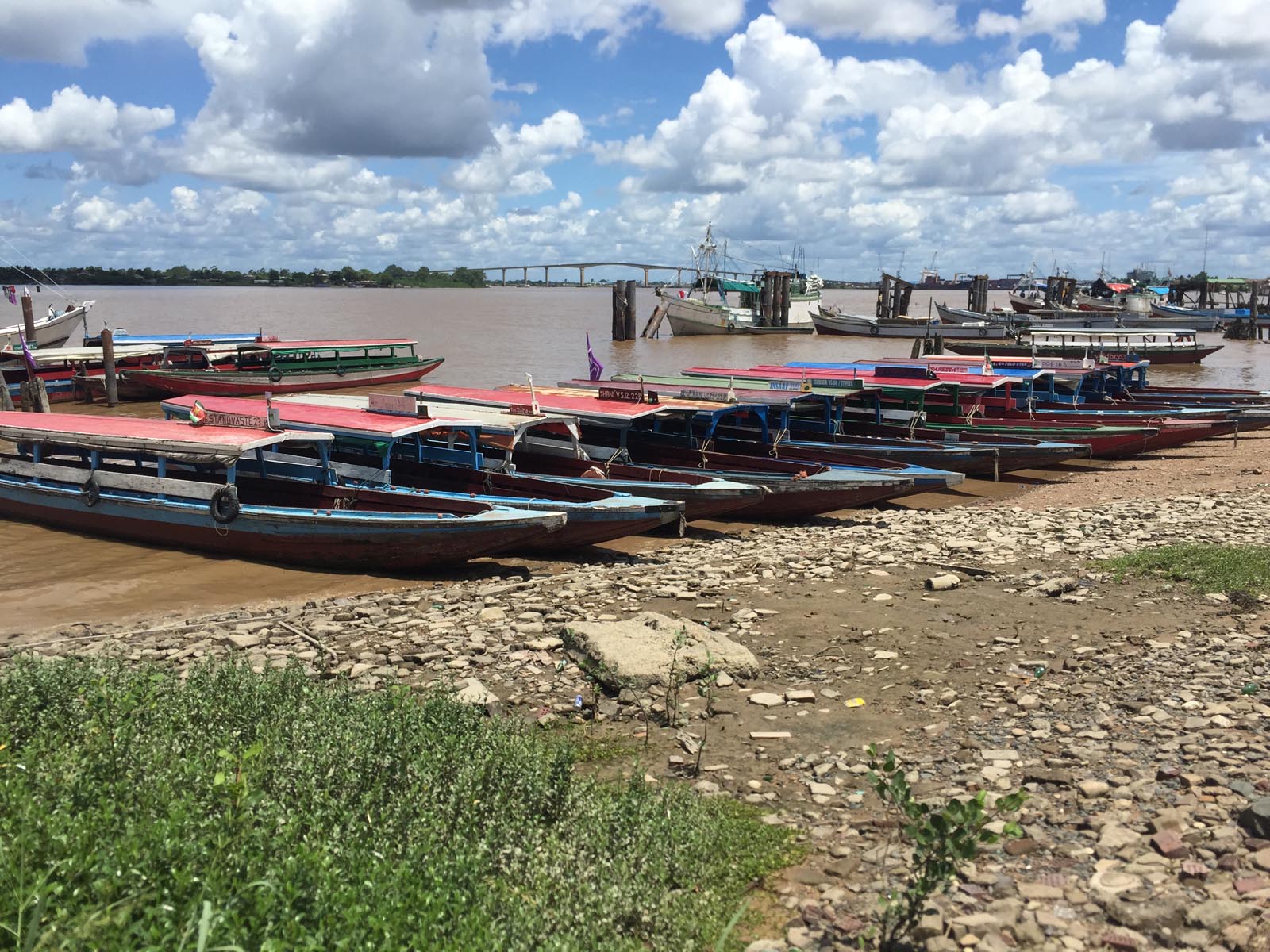







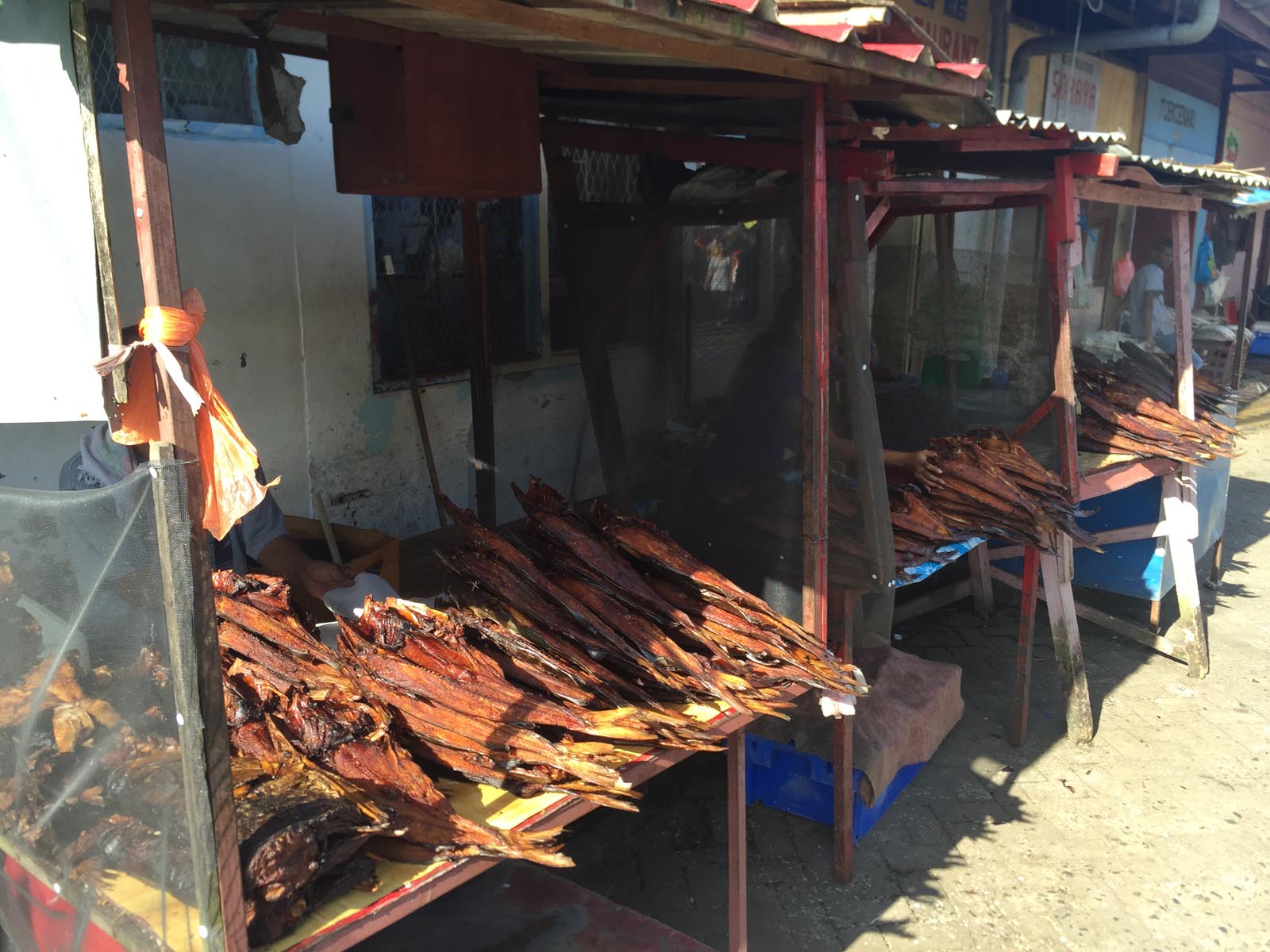










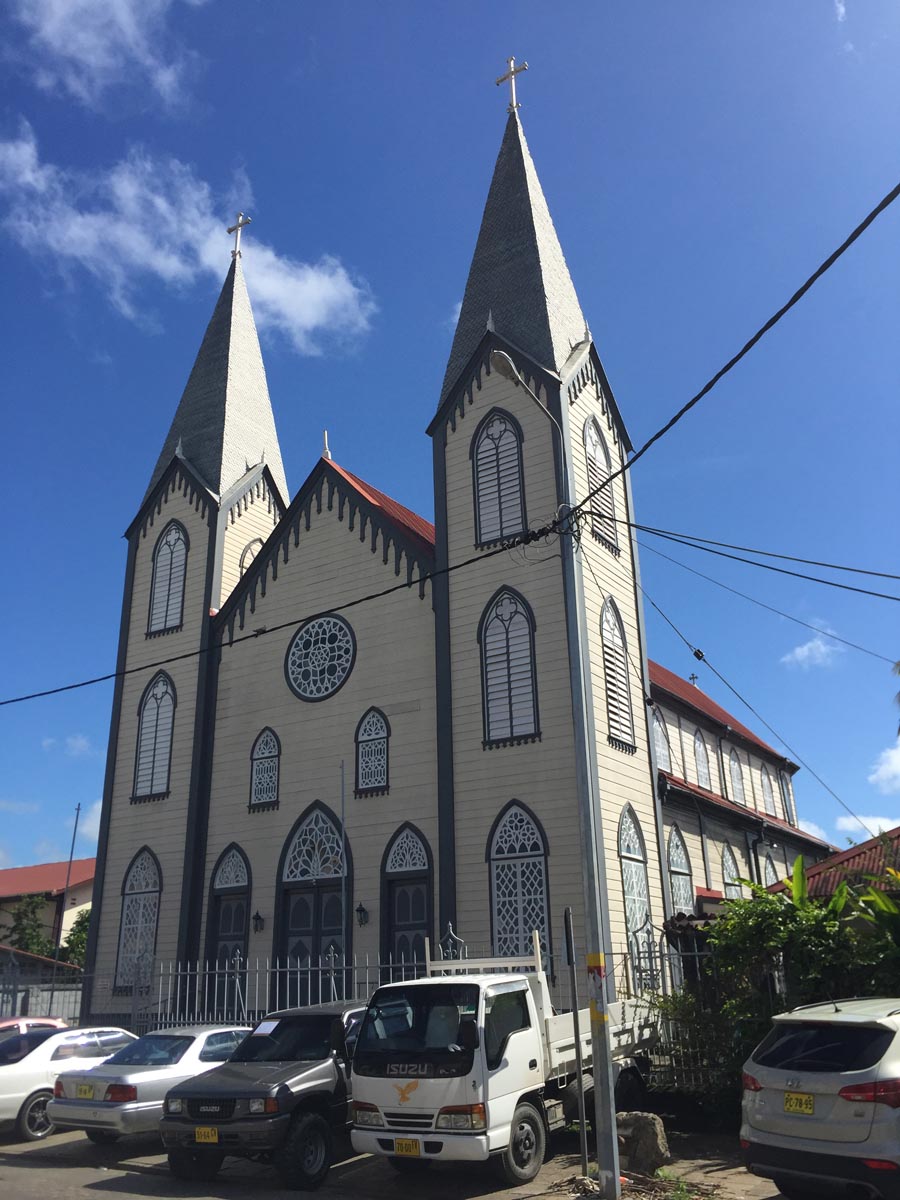


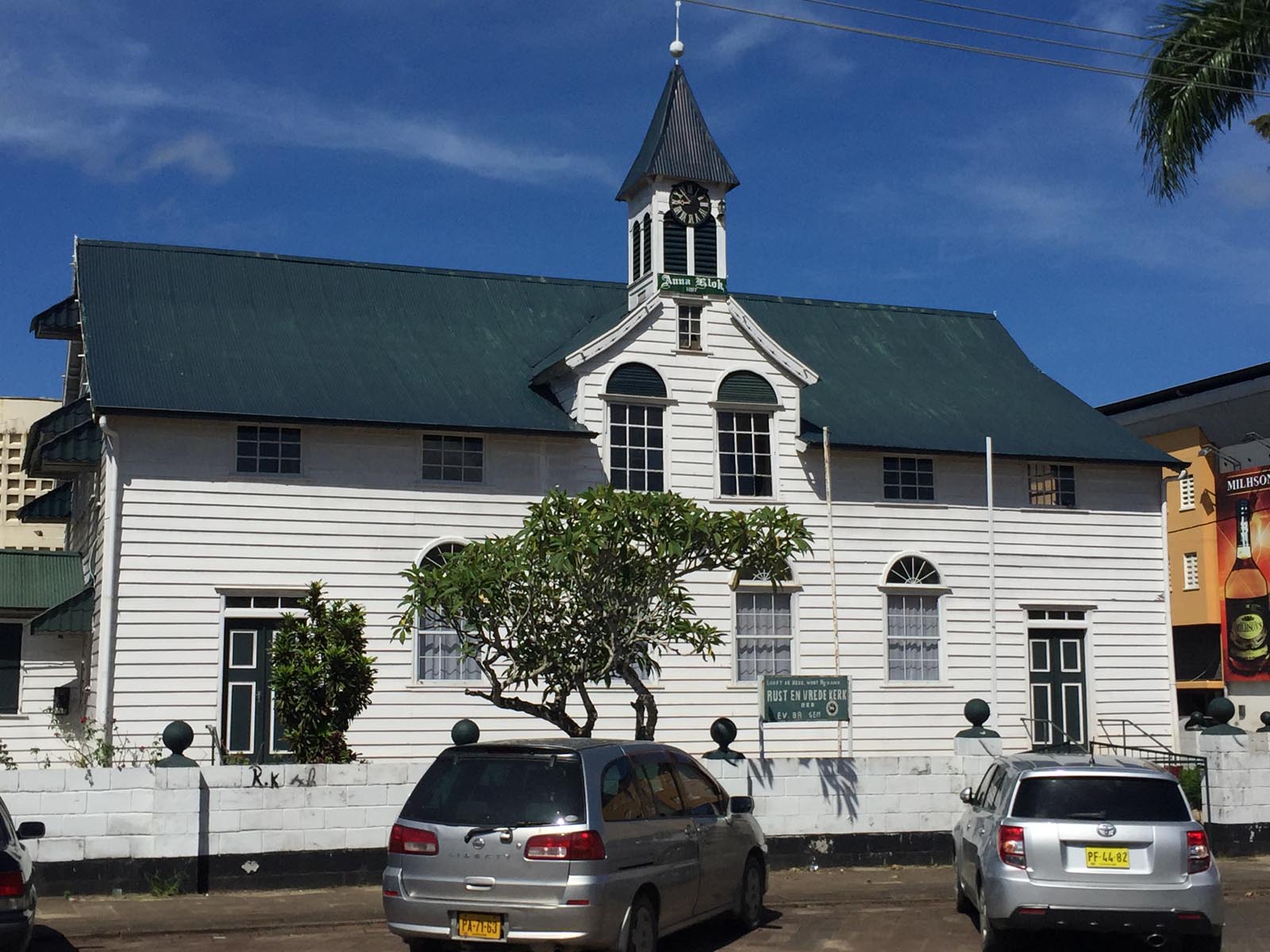






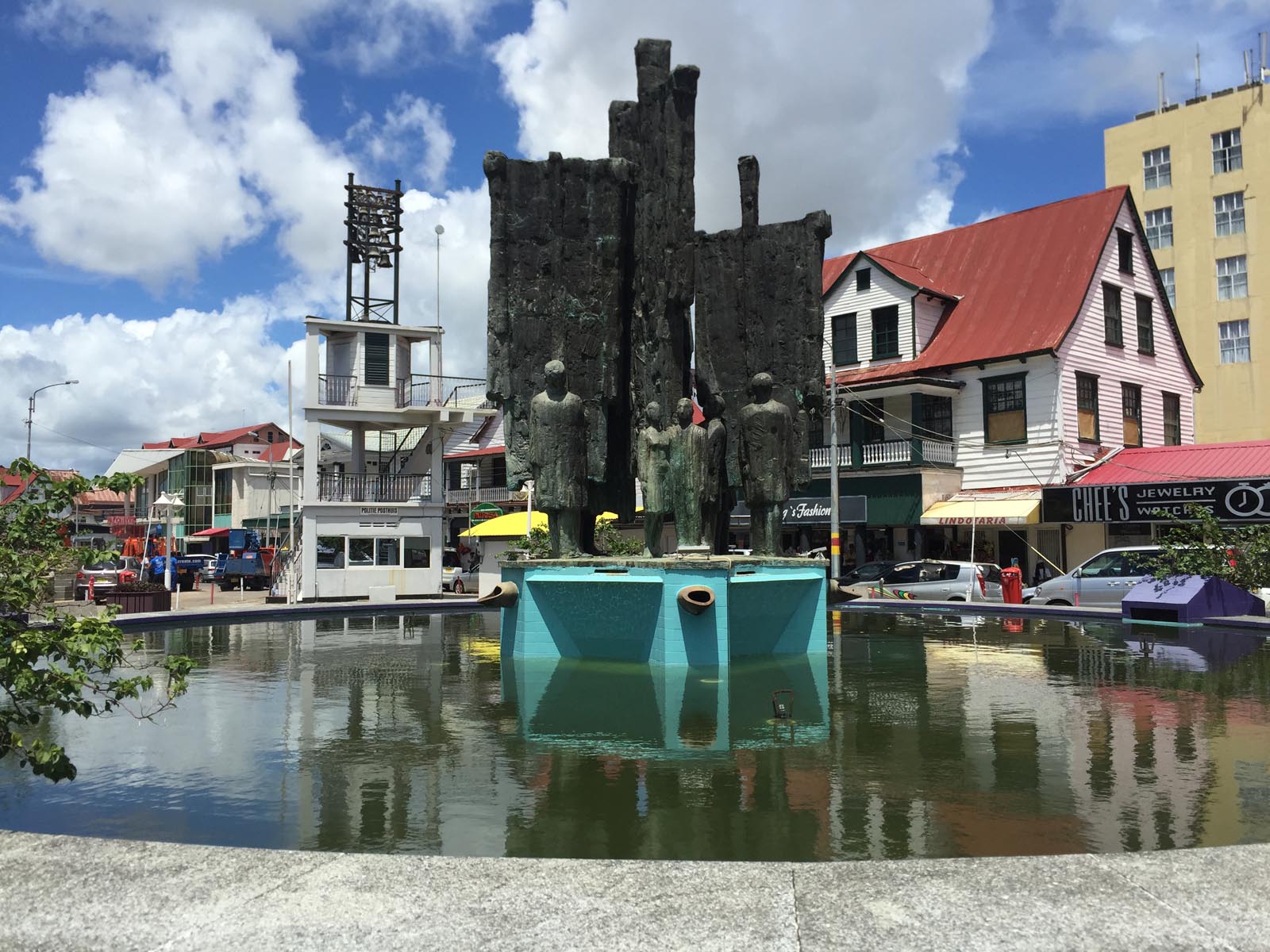





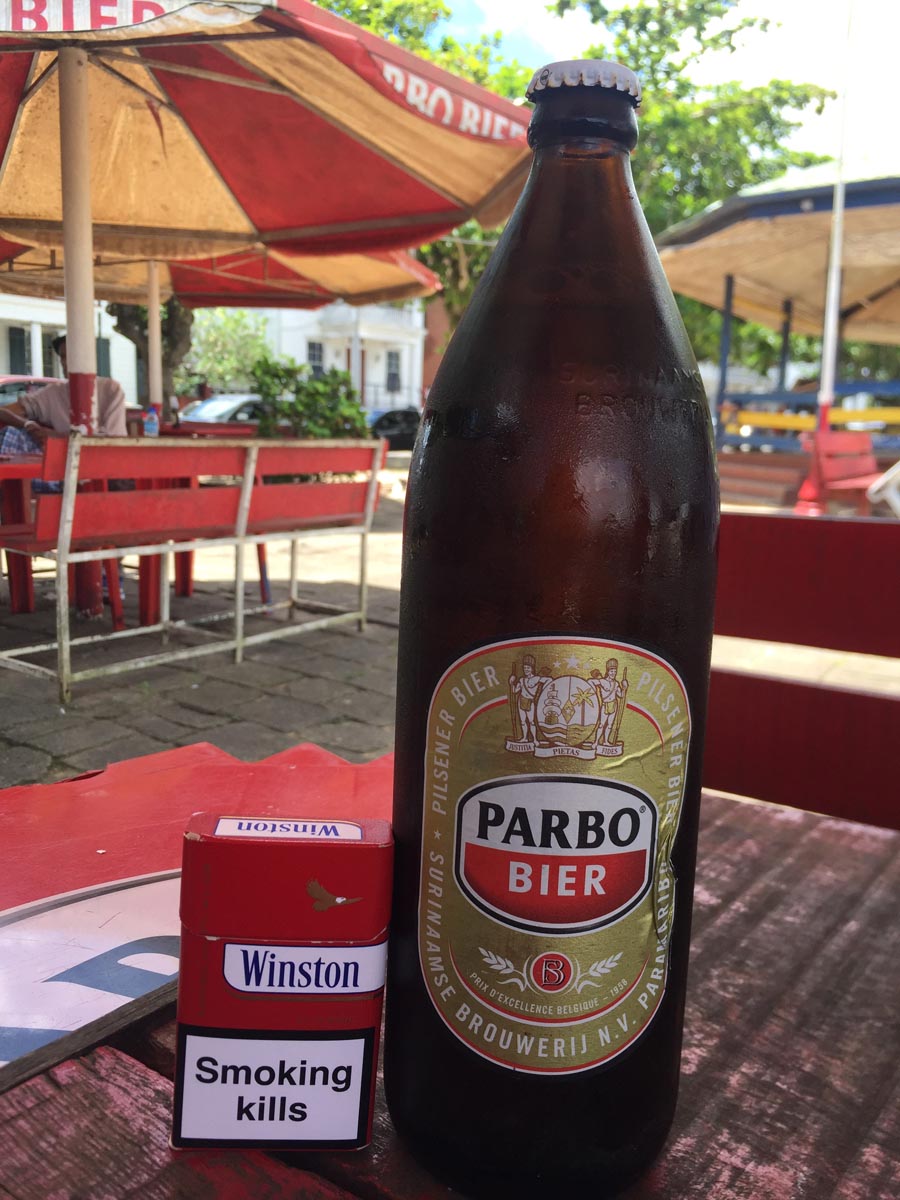

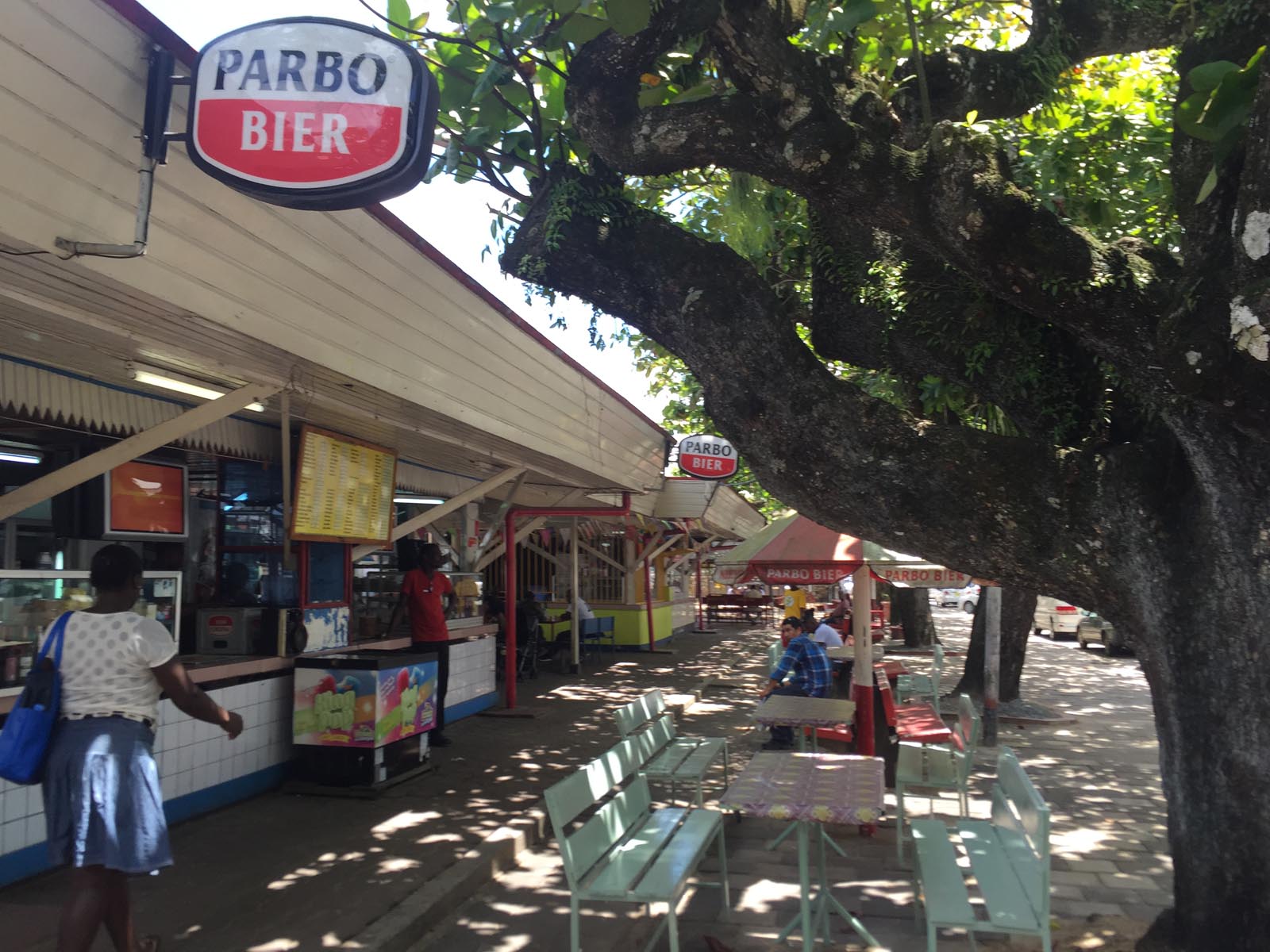
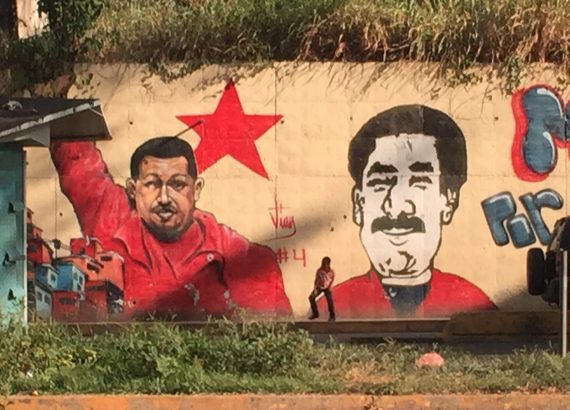
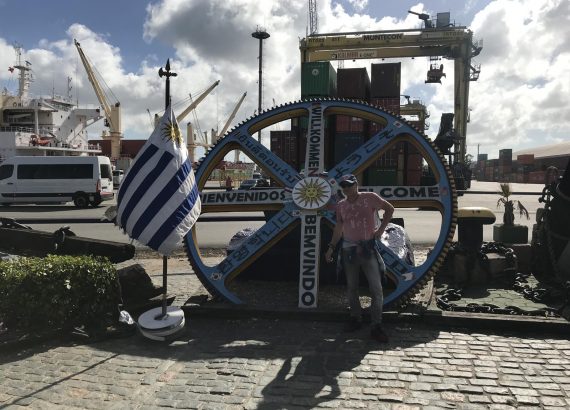
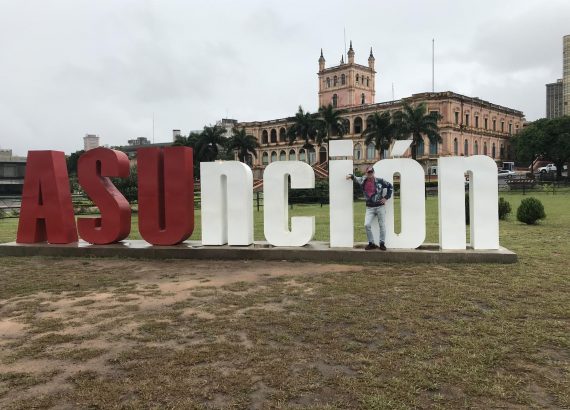
Misbah Uddin
Very good